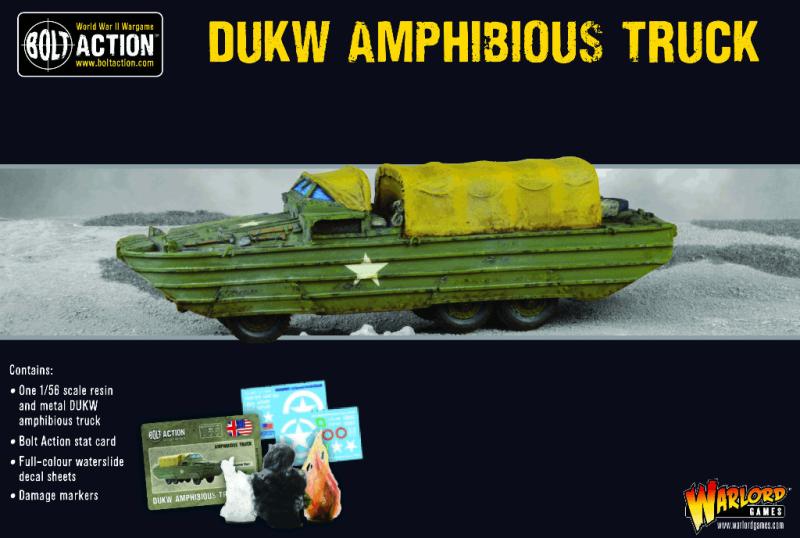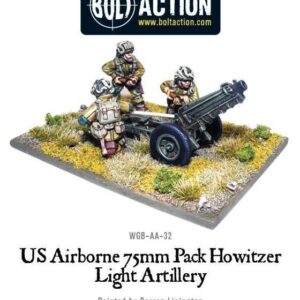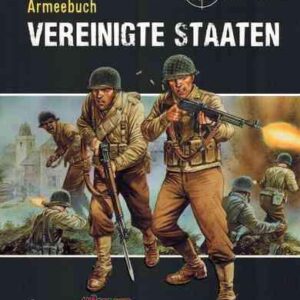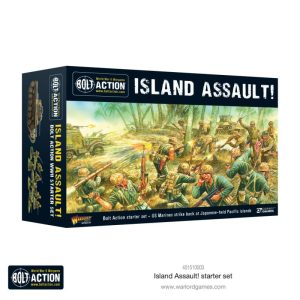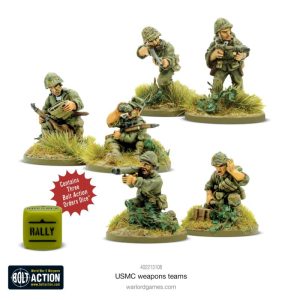Description
During World War II, it became apparent that there was a need for amphibious transport that could both ferry men to the beaches and shuttle supplies back and forth.
The DUKW (colloquially known as Duck) is a six-wheel-drive amphibious modification of the ?2 1/2-ton CCKW trucks used by the U.S. military in WW2. It excelled at approaching and crossing beaches in amphibious warfare attacks.
The driver could adjust the tyre pressure from within the cab, to allow for versatile terrain adaptability. Unique at the time of its development, this feature has since become standard on US amphibious vehicles.
The name DUKW comes from General Motors Corporation model nomenclature:
D, Designed in 1942
U, Utility
K, All-wheel drive
W, Dual-tandem rear axles
World War II
The DUKW made its combat debut in the 1943 invasion of Sicily (Operation Husky). Thereafter it was used extensively in Normandy and in the Pacific theatre. It enjoyed enormous success, although lessons were learnt during the Omaha D-Day landings. Although designed to carry a heavy load, those that were overloaded with howitzers sank immediately in the turbulent waters. This was the one weakness of an otherwise revolutionary design, vital to the allied victory in Normandy and beyond.
After the War
About 20,000 ‘Ducks’ were built during the war. After World War II, reduced numbers were kept in service by the United States, Britain, France, and Australia, with many stored pending disposal. Australia transferred many to Citizens Military Force units.
The U.S. Army reactivated and deployed several hundred ‘Ducks’ at the outbreak of the Korean War. They saw only limited combat, although DUKWs were used extensively to bring supplies ashore during the Battle of Pusan Perimeter and in the amphibious landings at Incheon.
In Bolt Action
The DUKW Amphibious Truck comes to Bolt Action as an amphibious transport. This ability to move in deep/shallow water and continue to be effective upon making landfall makes the ‘Duck’ a vital component of any US beach assault force whether it be in World War 2 or Korean War theatres. It has a transport capacity of 12 men. You can bolster your firepower by upgrading your ‘Duck’ with an MMG or HMG, allowing it to take an active part in the conflict after having disgorged its troop load.
Of course, being amphibious it isn’t relegated to only beach assault scenarios (it is perfectly suited to river crossings!). Beyond its transport capability, it is also able to tow artillery pieces. The DUKW is a versatile piece of kit!
Contains one resin & metal vehicle, a stat card, decal sheets and damage markers.
Models supplied unassembled and unpainted


